Design and Technology
At Byker Primary School, Design and Technology is an inspiring and practical subject. We encourage all of our children to learn to think and innovate creatively, to solve problems both as individuals and as members of a team. We encourage our children to use their creativity and imagination, to design and make products that solve real and relevant problems within a variety of contexts, whilst considering their own and others’ needs, wants and values. We aim to, wherever possible, link our DT work to other disciplines, such as Mathematics, Science, History, Geography Computing and Art. We provide our children with the opportunity to reflect upon and evaluate past and present design technology, its uses and its effectiveness and actively encourages them to become innovators and risk-takers.


Kapow at Byker Primary

